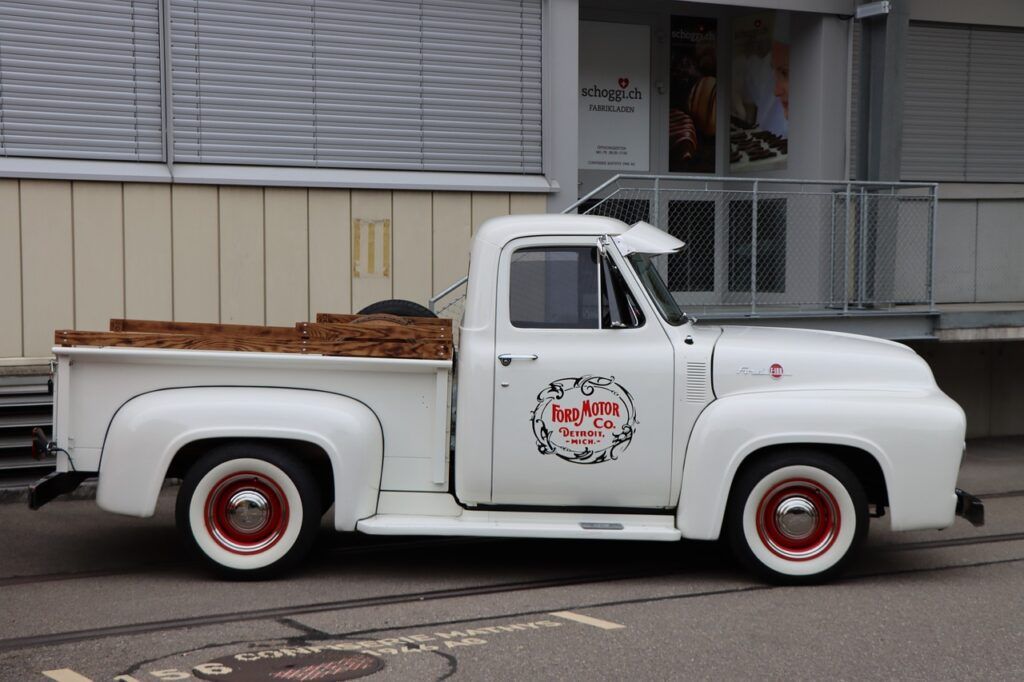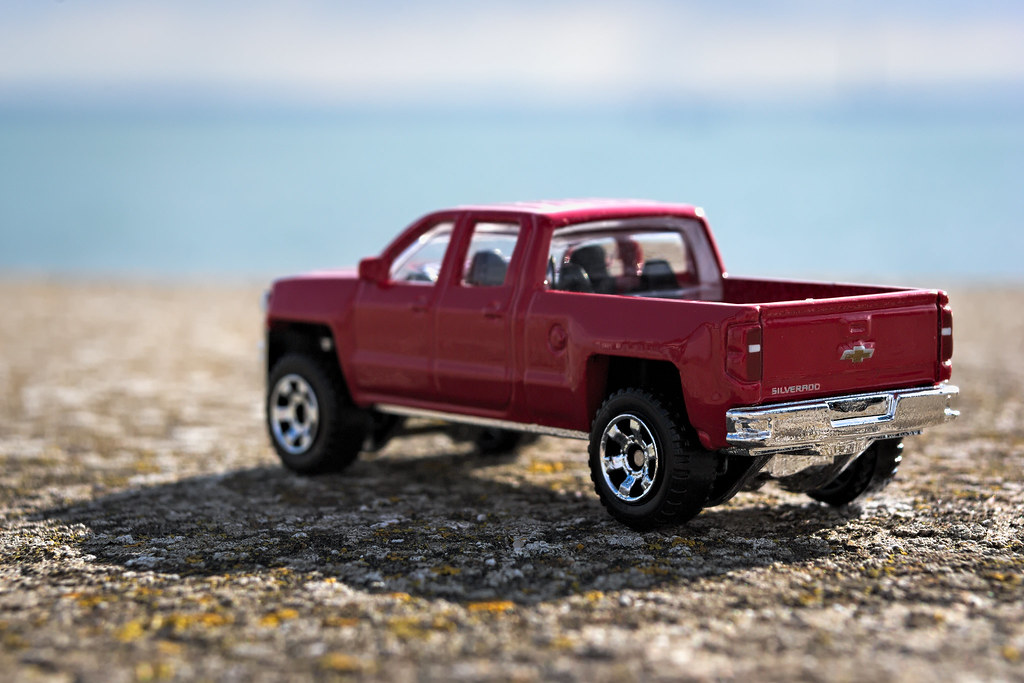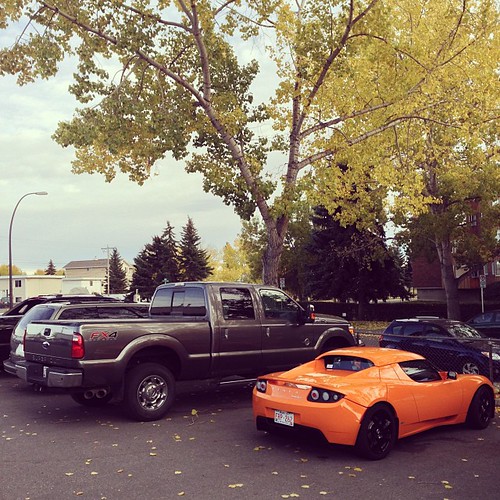
If you’ve traversed an American road in the past twenty years, or even just parked your car in a grocery store lot, you’ve likely noticed something unmistakable: pickup trucks have grown to truly gargantuan proportions. These behemoths are wider, taller, and, frankly, just plain large. Compare a mid-size truck from today to a full-size model from the 1990s, and the sheer scale difference can be genuinely confusing. It doesn’t take scientific analysis to see that these vehicles, which now account for more than 20 percent of all passenger vehicle sales in the United States, have gotten huge.
This undeniable increase in size has sparked considerable public debate. Critics often highlight concerns about pedestrian safety, pointing to a rise in pedestrian deaths that has reached 40-year highs, and the increased risks posed by taller, heavier trucks and SUVs to those outside the vehicle. There are also environmental questions, with some arguing that these “thirsty power plants” spew more air pollution and greenhouse gas emissions. The perception that many of these 6,500-pound, 22-foot-long vehicles are primarily used as mere “grocery-getters” only adds to the sentiment that they represent an inefficient or seemingly inexplicable distribution of goods in the economy.
However, dismissing this phenomenon simply as “ego” or “market failure” is an insufficient explanation. While consumer demand and manufacturer marketing certainly play a role, the full picture is far more intricate, woven into a complex tapestry of historical tariffs, evolving government regulations, fundamental shifts in how Americans use their vehicles, and the underlying economic incentives for automakers. To truly understand why American trucks have become so immense, we must dig deeper into the interconnected policies and preferences that have shaped their evolution, revealing how seemingly disparate factors conspired to create the colossal pickups we see dominating our roads today.
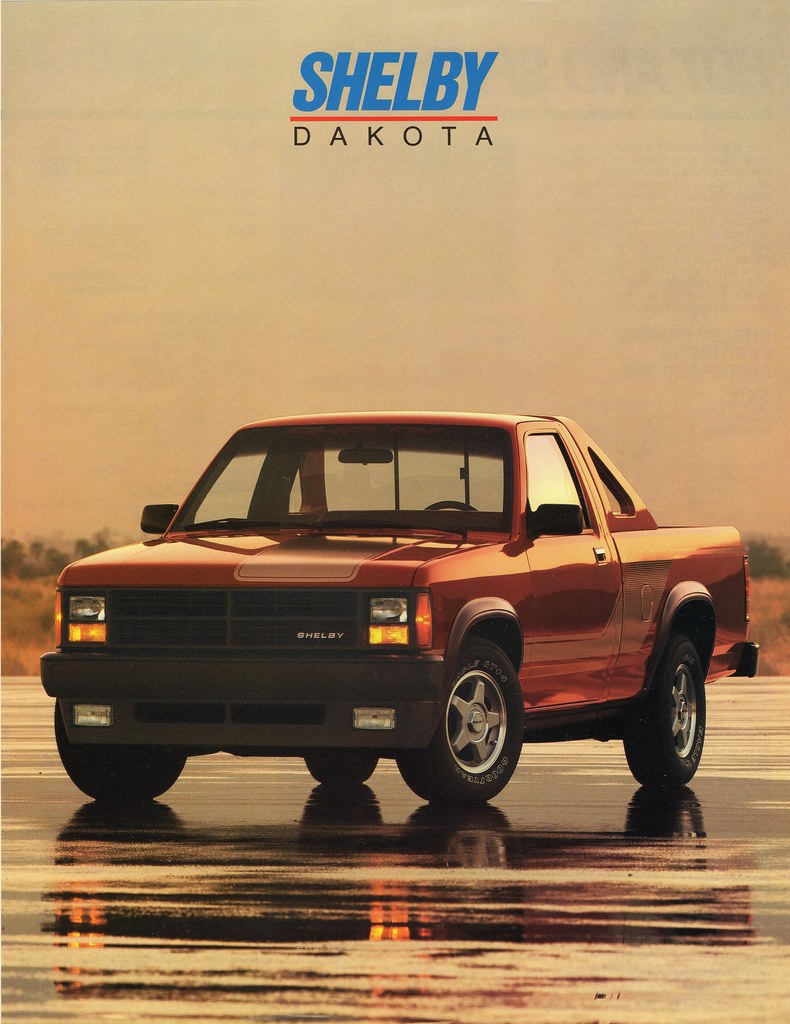
1. **The ‘Chicken Tax’: A 60-Year-Old Tariff’s Enduring Impact**One of the most foundational, yet often overlooked, reasons for the colossal size of American pickup trucks dates back 60 years to a seemingly unrelated trade dispute. When the European Economic Community raised tariffs on imported chicken from the U.S., President Lyndon Johnson retaliated. His response was a 25 percent “chicken tax” imposed on imported trucks and other items.
This retaliatory tariff, implemented as a means of political leverage, had a profound and lasting impact on the American automotive market. It was specifically aimed at German manufacturers like Volkswagen, which used to sell great little pickups in the U.S. The 25 percent tax effectively priced these smaller, foreign-made trucks out of the American market, diminishing their presence and competitiveness almost overnight.
The consequence of this protectionist measure was significant. American companies, which already dominated the large truck market, suddenly faced significantly less competition from foreign producers who specialized in smaller pickup trucks. This lack of robust competition helped U.S. manufacturers cement their dominance, fostering an environment where larger designs could thrive without the pressure of more compact, imported alternatives. The tariff, born out of a dispute over poultry, remains in place to this day “out of political inertia,” a clear example of how massive taxes can lead to market distortions.

2. **CAFE Standards: How Fuel Economy Rules Inadvertently Super-Sized Pickups**Another significant governmental policy that played an unintended, yet crucial, role in the growth of American pickup trucks is the Corporate Average Fuel Economy (CAFE) standards. Established in the 1970s, these standards were initially designed with the commendable goal of pushing automakers to improve fuel efficiency across their vehicle fleets. However, their structure introduced a critical distinction that would have far-reaching consequences for truck size.
The catch lay in the fact that CAFE standards set different, and crucially, looser rules for trucks compared to cars. This allowed automakers more “wiggle room” when designing pickups and other vehicles categorized as “light trucks.” Consequently, manufacturers found it easier to meet less rigid light-truck standards, providing an incentive to produce more vehicles that fell into this classification rather than cars, which faced tougher emissions and mileage targets.
The rules changed again in 2011, further exacerbating this trend. The revised regulations began to consider a vehicle’s “footprint,” which essentially measures the amount of space a vehicle takes up on the road. Under these new guidelines, bigger trucks were paradoxically allowed to have lower fuel efficiency targets. This created a direct incentive for companies to build vehicles even larger, as it made their fuel economy targets easier to achieve. What began as a policy to enhance fuel efficiency had, over time, increased the number of oversized pickups on American roads, offering U.S. automakers the dual benefit of more lenient fuel economy targets and appealing to buyers wanting more spacious trucks.
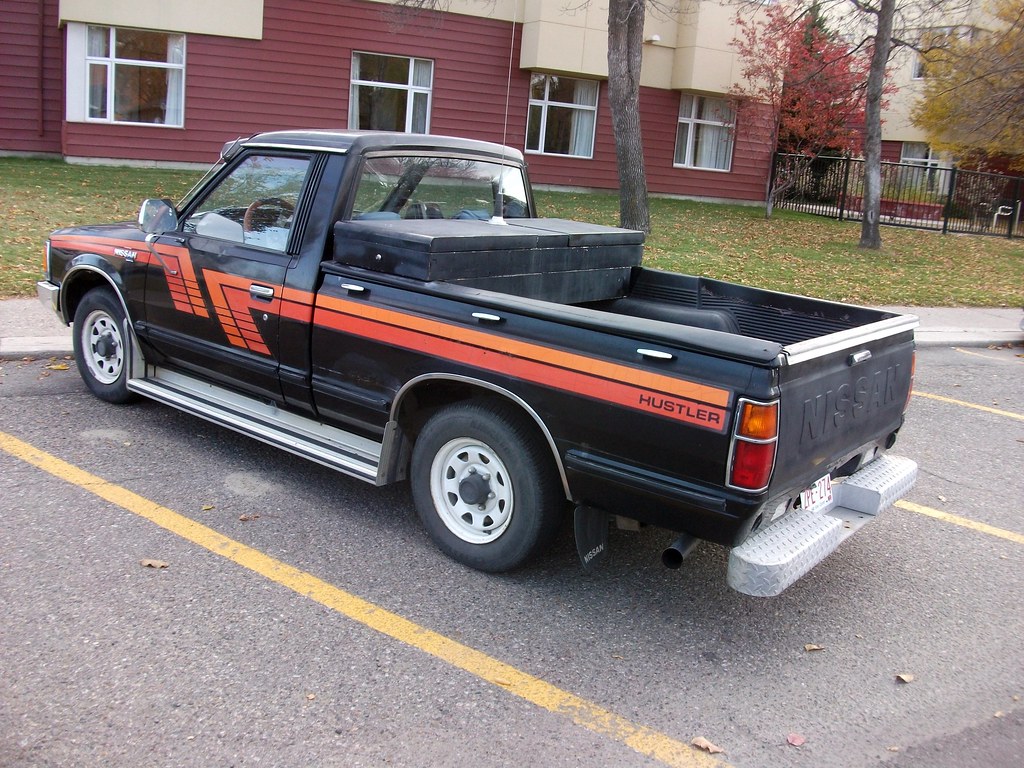
3. **The Evolution of ‘Light Trucks’: Looser Standards, Bigger Vehicles**The reclassification and expansion of the “light truck” category played a pivotal role in the proliferation of larger vehicles. This category, as defined by regulations promulgated during the Obama administration, includes not only pickups but also “many so-called crossover vehicles that look like SUVs but have the mechanical underpinnings of cars.” This distinction from traditional passenger cars became a critical pathway for automakers.
With cars required “to meet tougher emissions and mileage targets than light trucks,” manufacturers faced a strategic choice. Rather than investing heavily in making traditional cars significantly more fuel-efficient, it became more advantageous to offer more vehicles that conformed to the less-rigid light-truck standards. This regulatory incentive subtly pushed the market towards larger vehicle types, as they operated under a more forgiving set of rules regarding fuel economy and emissions.
This shift meant that the vehicle landscape began to populate with an increasing number of pickups and crossovers designed to meet these lighter standards. The broad category effectively provided a loophole that, while not explicitly promoting size, certainly didn’t discourage it. This trend, combined with other factors, ensured that the path of least resistance for automakers often led to vehicles that were physically larger than their car counterparts, contributing significantly to the overall increase in vehicle dimensions on American roads.
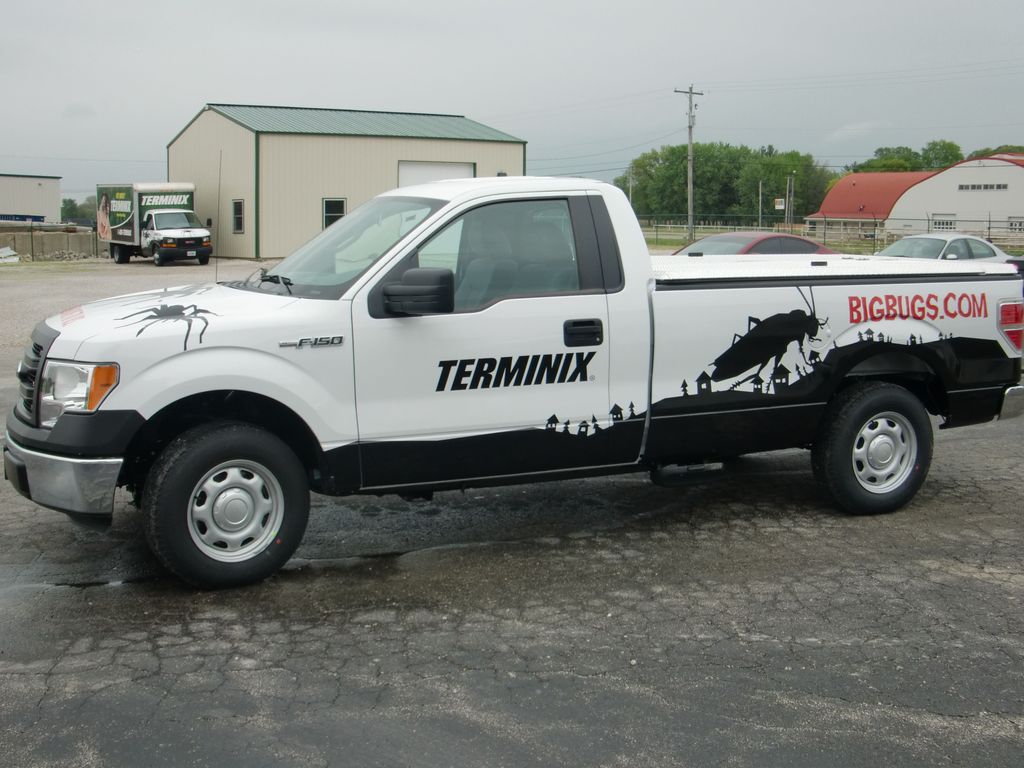
4. **Profit Margins and Manufacturer Incentives: Why Bigger Trucks Mean Bigger Bucks**Beyond regulatory landscapes, the pure economics of manufacturing heavily influence vehicle size. Automakers, at the end of the day, are in the business of maximizing profit. And when it comes to pickup trucks, the profit margins are notoriously substantial, providing a compelling incentive to push the largest and most feature-rich models into the market.
Manufacturers have found that bigger trucks directly translate to higher price tags. This isn’t just due to raw materials; it’s because these larger platforms allow them to load vehicles with a plethora of luxury add-ons. Features like leather seats, massive infotainment screens, and panoramic moonroofs are marketed as “utility” but fundamentally drive up the cost and, crucially, the profit margin on each unit sold. The context highlights that “margins on trucks are way better than sedans or hatchbacks,” and “the bigger the truck, the better the profit.”
Moreover, the “panoply of regulatory rules, labor standards, tariffs, and taxes” inherently drives up manufacturing costs for all vehicles. In such an environment, carmakers need to maximize profit per unit to stay viable. This offers a powerful incentive to “push the priciest vehicles possible.” Interestingly, some established automakers in Detroit are “fine with additional regulations, which cuts out upstart and foreign competitors,” further consolidating their market position and ability to profit from larger, more expensive vehicles. This dynamic underscores that the proliferation of massive pickups is less a “market failure” and more a “government failure” to consider the full ripple effects of regulatory policy.
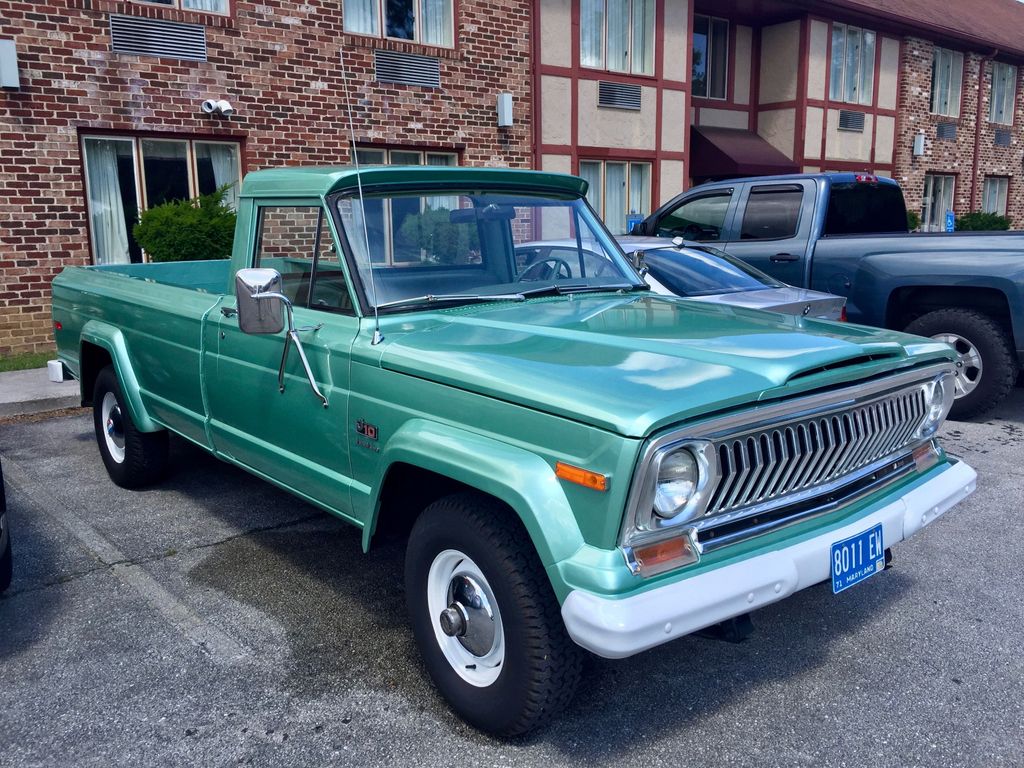
5. **The Shift to Personal Use: From Workhorse to Family Hauler**Historically, pickup trucks were specialized work vehicles, designed with utility as their paramount function. The early Ford F-Series trucks, for instance, had a layout that was 36% cab and 64% bed, reflecting a clear emphasis on hauling and utility purposes. However, a significant cultural and functional transformation has reshaped the identity of the American pickup.
Today, the modern half-ton pickup has evolved dramatically, becoming “one of the most useful, practical and capable vehicles ever to occupy American roads.” This evolution has been profoundly driven by a generational change in how people use pickup trucks. They are no longer solely confined to construction sites or farms; they have increasingly become vehicles for personal and family use, effectively taking the place of the old family station wagon.
“It’s what consumers want to buy,” states Consumer Reports, acknowledging that this shift is deeply rooted in buyer preferences. While many truck owners might not actually do “truck stuff” every day, they desire the versatility, a sense of freedom, and the capability to handle “just about anything with previously unheard of refinement and comfort.” This desire for a vehicle that can serve multiple roles—from daily commuting to family road trips—has been a powerful force shaping their design and market dominance.
Car Model Information: 2024 Ford F-150 XLT
Name: Ford F-Series
Caption: 2022 Ford F-150 Lariat Luxury
Manufacturer: Ford Motor Company
Aka: Ford Lobo (Mexico, 1992–present)
Production: 1948–present
Class: Pickup truck#Full-size pickup truck
Layout: Front-engine, rear-wheel-drive layout,rear-wheel drive
Predecessor: 1941 Ford
Categories: All-wheel-drive vehicles, All Wikipedia articles written in American English, All articles that may contain original research, All articles with unsourced statements, Articles that may contain original research from September 2020
Summary: The Ford F-Series is a series of light-duty trucks marketed and manufactured by the Ford Motor Company since model year 1948 as a range of full-sized pickup trucks — positioned between Ford’s Ranger and Super Duty pickup trucks. Alongside the F-150 (introduced in 1975), the F-Series also includes the Super Duty series (introduced in 1999), which includes the heavier-duty F-250 through F-450 pickups, F-450/F-550 chassis cabs, and F-600/F-650/F-750 Class 6–8 commercial trucks.
Get more information about: Ford F-Series
Buying a high-performing used car >>>
Brand: Ford Model: F-Series
Price: $39,715 Mileage: 54,054 mi.
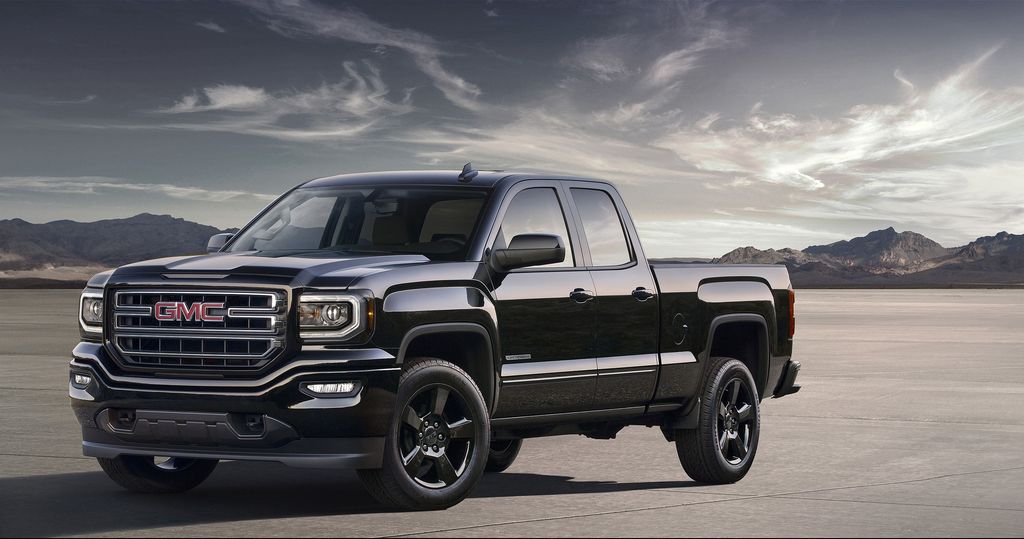
6. **The Supremacy of the Crew Cab: Prioritizing Passenger Comfort**A direct consequence of the shift to personal and family use has been the undeniable “supremacy of the crew cab” configuration. Until the early 2000s, four-door crew cab trucks, while they existed, were not the norm. Pickups were typically more specialized, often featuring single or extended cabs that offered limited passenger space.
Today, this dynamic has completely flipped. “The vast majority of new full-size pickups sold to private owners are four-door crew cabs.” This change is largely driven by the practical needs of modern families. As one perspective notes, “Have the people that want us to drive micro trucks ever had a child? Have they seen the immense size of today’s child seats and how much room they take up? Do they ever drive anywhere with more than one passenger?” The answer points to the need for significantly more interior space.
In contrast to the cramped cabins of ’80s and ’90s trucks, the interior space of a contemporary half-ton crew cab is “enormous.” It “outclasses most sedans and even crossover SUVs,” providing ample room for families and all their gear on road trips or daily commutes. As Dan Edmunds, Director of Vehicle Evaluation at Edmunds.com, observed, “Almost instantly, the crew cab became the number-one selling configuration,” fundamentally changing the entire design philosophy around accommodating more passengers and their comfort.

7. **The ‘Culture Flex’: Trucks as Symbols of Power and Status**Beyond regulations, economics, and practical utility, a significant driver of the American pickup truck’s growing size is deeply rooted in cultural perceptions and desires. Trucks in the U.S. are not merely tools; they are powerful symbols of status, capability, and a certain lifestyle. This phenomenon can be aptly described as the “culture flex.”
Automakers leverage this cultural inclination in their marketing. Ads frequently depict trucks climbing rocks, towing boulders, or seemingly surviving the apocalypse, projecting an image of rugged independence and unstoppable power. The reality for many owners, however, is often more mundane; they are “parked at Target 90% of the time.” Yet, the aspiration sold through these narratives resonates deeply with a segment of the American psyche that associates size and power with success and freedom.
This “weird cultural obsession with size” and a certain “testosterone kicked into gear across the States” contribute to a prevailing sentiment that “bigger is better.” The sheer scale of these vehicles provides a feeling of dominance and control behind the wheel, making drivers feel powerful. As one analysis bluntly states, American pickup trucks are big “because carmakers want to sell you more vehicle than you need. It’s not about practicality. It’s marketing, margins, and a weird cultural obsession with size.” This potent blend of marketing and cultural aspiration fuels a continuous demand for larger, more imposing vehicles, cementing their place not just as transportation, but as a statement.
Navigating the landscape of colossal pickups in the American market requires us to peel back more layers, moving beyond the foundational reasons to examine their contemporary implications and the ongoing evolution that continues to reshape our roads. From surprising technological advancements to a critical look at their societal footprint and the promise of future alternatives, the story of the American pickup truck is far from over. These next insights delve into how these vehicles are changing, how they compare globally, and what the future might hold for these undeniable giants.
8. **Fuel Efficiency Paradox: Bigger Trucks, Surprising Gains**It might seem counterintuitive, given their growing mass and imposing stature, but modern American pickup trucks have made surprising strides in fuel efficiency. While popular perception often equates size with excessive fuel consumption, contemporary engineering tells a different story. This is a testament to the relentless march of automotive technology, constantly finding ways to optimize performance even in the largest of vehicles.
Consider the historical comparison: a 2WD 1996 Toyota Tacoma, powered by a 142-horsepower four-cylinder engine with an automatic transmission, achieved an EPA rating of 19 MPG city and 23 MPG highway. Now, leap forward to a 2024 2WD Ford F-150, boasting a robust 325hp 2.7L EcoBoost V6. Despite its significantly larger footprint, increased power, and enhanced capability, this modern behemoth yields an EPA rating of 19 MPG city and 25 MPG highway.
This remarkable parity in fuel usage, or even improvement in highway mileage, showcases the “beauty of technology” at play. Advancements in engine design, transmission efficiency, aerodynamics, and lightweight materials (even with overall weight increases) have collectively allowed these trucks to grow in size and power without necessarily becoming the fuel guzzlers one might expect. It underscores that innovation can mitigate some of the traditional trade-offs associated with scale, offering consumers more capability without a proportionate penalty at the pump.
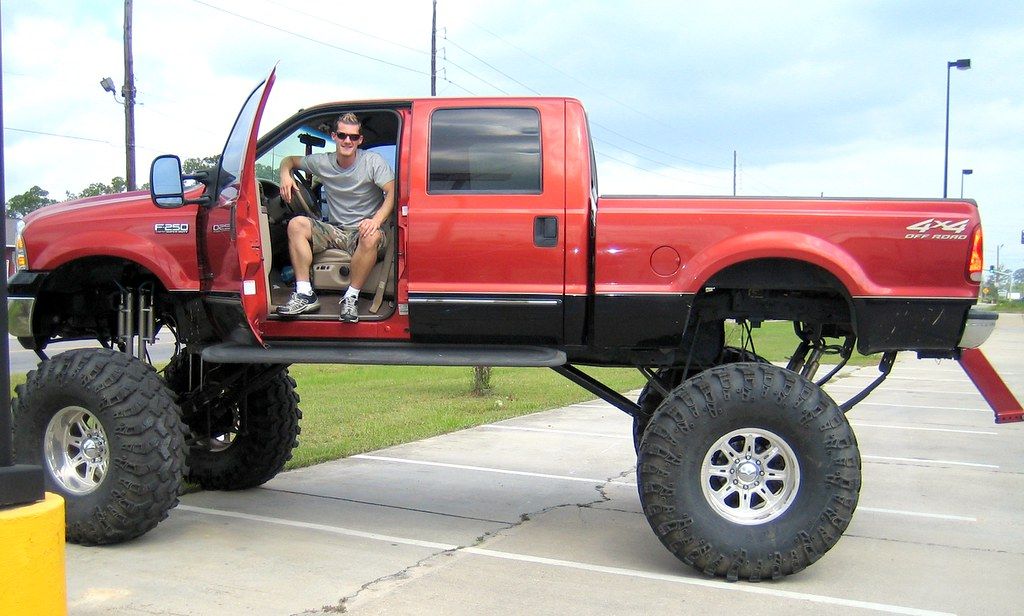
9. **Radical Transformation: Luxury Haulers and Redefined Utility**The evolution of the American pickup truck extends far beyond mere dimensions; it encompasses a radical transformation of their very design philosophy and interior experience. What began as a humble workhorse has morphed into a sophisticated, often luxurious, family hauler that increasingly prioritizes passenger comfort and high-tech amenities, fundamentally redefining what “utility” means in the modern context.
Historically, the design of trucks clearly favored cargo capacity. For instance, the first-generation Ford F-Series trucks featured a layout that was approximately 36% cab and 64% bed, reflecting their primary role as tools for hauling. Today, that ratio has dramatically flipped. A contemporary F-150, for example, is now roughly 63% cab and 37% bed, with most new trucks sold featuring four doors. This shift emphatically demonstrates a new emphasis: people.
Modern crew cab interiors are nothing short of “enormous.” They “outclass most sedans and even crossover SUVs” in terms of available space, offering ample room for families, child seats, and multiple passengers to stretch out on long journeys. Furthermore, these vehicles are now laden with amenities that “easily rival pure luxury models,” including plush leather seats, massive infotainment screens, and panoramic moonroofs. This blend of cavernous interiors and opulent features transforms the truck cabin into a refined space, reflecting its new role as a primary family vehicle for daily commuting and extended road trips, not just rough and tumble work.
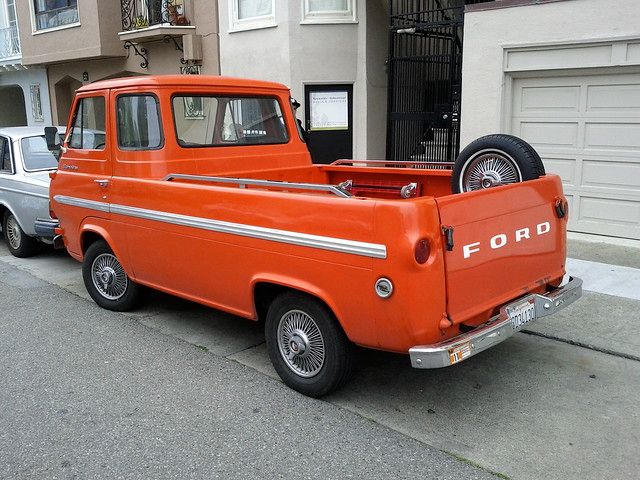
10. **Global Disparity: Why American Trucks Stand Alone in Scale**The sheer size of American pickup trucks stands in stark contrast to their counterparts in many other parts of the world, highlighting a significant global disparity in automotive design and consumer preference. While North America embraces the colossal, many other nations gravitate towards more modestly sized, utilitarian trucks that are built to fit the realities of their local environments and regulations.
In regions like Thailand, which is the “world’s top small pickup market,” or Australia, where models like the Hilux and Ranger dominate, trucks are typically designed for efficiency, maneuverability, and practical work, often navigating tighter roads and urban spaces. These vehicles are configured to haul and tow without necessitating an “entire parking lot to turn,” embodying a functional approach that differs greatly from the American “bigger is better” ethos.
Even in Europe, where city driving is paramount, and Japan, known for its compact “kei trucks,” the philosophy behind truck design is fundamentally different. These international markets prioritize practicality, fuel efficiency, and a footprint that makes sense for their infrastructure. While imported Japanese mini-trucks have gained a niche following in the U.S., their limitations in terms of speed, comfort, and safety on American highways underscore why they aren’t a mainstream alternative, serving primarily for specialized, low-speed applications rather than displacing the established American giants. This global contrast clearly illustrates that the American mega-pickup is a unique phenomenon, shaped by a distinct blend of cultural, economic, and regulatory factors.
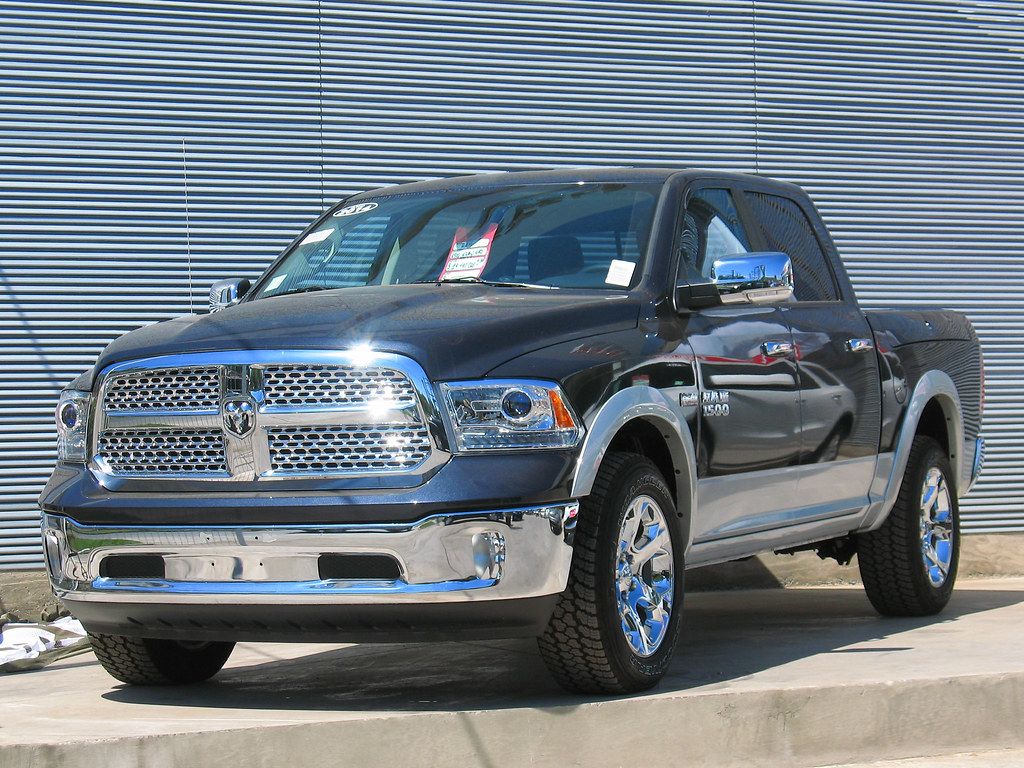
11. **The Emerging Trend: A Comeback for Compact Alternatives?**While colossal trucks continue to dominate U.S. sales, there’s a noticeable and growing buzz around the return of smaller, more compact pickup truck alternatives. This emerging trend signals a potential diversification in the market, offering buyers options that prioritize efficiency and maneuverability without sacrificing all utility. It suggests a possible future where American roads see a better mix of pickup sizes, catering to a broader spectrum of needs.
Midsize models like the Ford Ranger, Chevrolet Colorado, and GMC Canyon have already “made a comeback,” appealing to buyers seeking capable trucks that are less massive than their full-size brethren. More recently, the market has seen the introduction of even more compact, unibody offerings. Hyundai’s Santa Cruz and Ford’s revamped Maverick nameplate represent this new wave, providing a blend of SUV-like comfort with the open-bed versatility, often at a more accessible price point and with improved fuel efficiency, particularly the Maverick’s available hybrid powertrain.
However, it’s crucial to temper expectations about these smaller trucks cannibalizing the sales of full-size pickups. As one analysis suggests, “most Maverick owners are former sedan or crossover drivers who wanted extra utility in a more affordable, more fuel efficient package,” rather than existing pickup owners downsizing. While “smaller unibody pickups like Maverick, Hyundai Santa Cruz and perhaps other future offerings from other automakers are welcome additions to the market,” they are carving out their own segment, expanding the overall truck market rather than directly competing with the established giants. The intriguing Toyota IMV 0, a bare-bones, highly configurable pickup developed in Thailand, offers a glimpse into even more affordable and practical designs, though “U.S. regulations, tariffs, and other government-imposed hurdles won’t allow it” to reach American markets, leaving a gap for truly budget-friendly, compact workhorses.
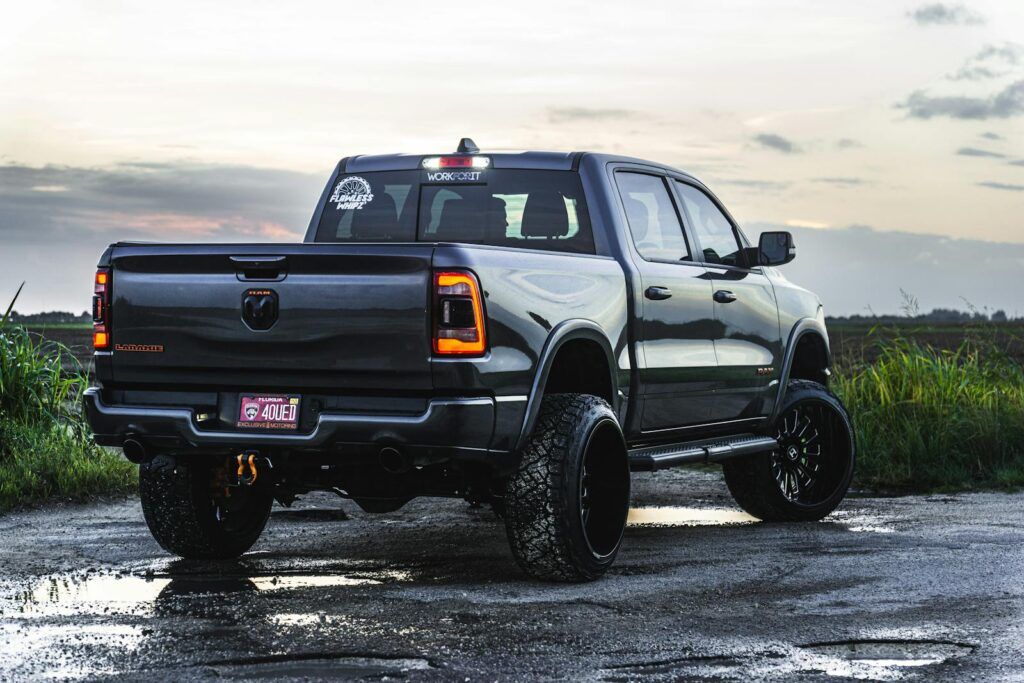
12. **Societal Debate: The Hidden Costs and Public Safety Under Scrutiny**The undeniable proliferation of mega-pickup trucks in America has ignited a heated societal debate, prompting critical questions about their broader impact on public safety, the environment, and urban living. Critics argue that the benefits of their colossal scale are often outweighed by a range of “ill effects,” pushing for increased scrutiny and potential regulatory intervention to address these growing concerns.
One of the most significant points of contention revolves around pedestrian safety. As trucks and SUVs have become “taller and heavier,” research from the Insurance Institute for Highway Safety indicates they “likewise have posed greater risks to those outside the vehicle,” contributing to pedestrian deaths that have reached “40-year highs.” The higher front-ends of these trucks can “make it harder to see children, cyclists, or anyone shorter than 5’8″,” while their increased weight directly correlates with longer stopping distances, transforming what might be a fender bender with a smaller vehicle into a far more serious incident.
Beyond safety, environmental concerns are frequently raised, with arguments that their “thirsty power plant… spews more air pollution and greenhouse emissions,” despite some fuel efficiency gains. The perception of these “6,500-pound, 22-foot-long vehicle[s] mainly as a grocery-getter” fuels the argument that they represent an “inefficient or seemingly inexplicable distribution of goods in the economy.” Practical challenges for owners also include “parking hell in cities” and “higher insurance premiums,” adding to the “hidden costs of big trucks.” These concerns have led to concrete proposals, such as the District of Columbia’s suggestion to “impose a $500 annual fee on trucks that exceed 6,000 pounds,” and even the European Union proposing “bans on U.S.-style trucks,” underscoring the global recognition of these significant societal issues.
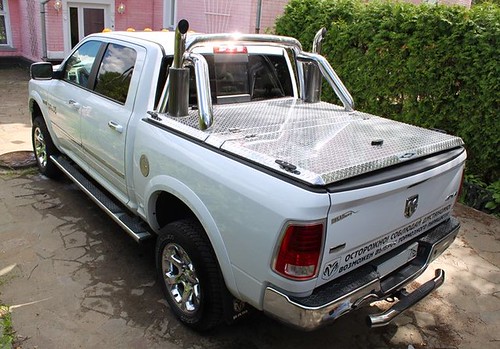
13. **The ‘Want vs. Need’ Conundrum: Challenging the Critics’ Narrative**Amidst the societal critique of oversized pickups, a fundamental philosophical question often arises: do consumers really *need* a vehicle of this magnitude, or are they buying “more vehicle than they need”? This line of questioning, however, often elicits a strong retort from truck owners and enthusiasts, challenging the very premise of external judgment on personal vehicle choices.
For many, the argument that people buy “more vehicle than they need” is dismissed with a succinct, “so what?” The sentiment is that dictating what drivers *need* is “pathetic for anyone who even nominally deems themselves a car enthusiast.” This perspective suggests that the decision to own a powerful, capable truck, even if its full utility is not exploited daily, is no different from buying a high-performance sports car like a Porsche 911 without ever taking it to a racetrack. Personal preference, aspiration, and the sheer enjoyment of a vehicle’s capabilities are seen as legitimate drivers of demand, irrespective of daily practical requirements.
Indeed, for many American truck owners, the appeal transcends mere utility. Trucks offer a compelling “sense of freedom” and the confidence of being able to handle “just about anything with previously unheard of refinement and comfort.” While it’s true that many “parked at Target 90% of the time,” the underlying desire for versatility and capability, even if latent, remains a powerful draw. The “sales figures speak for themselves,” suggesting that the “American full-size pickup truck has never been more appealing to more types buyers,” indicating that the “want” for these vehicles is a powerful market force, challenging a narrow definition of “need.”
Read more about: Beyond the Podium: Unpacking Why Hollywood’s Political Biopics So Often Miss the Mark
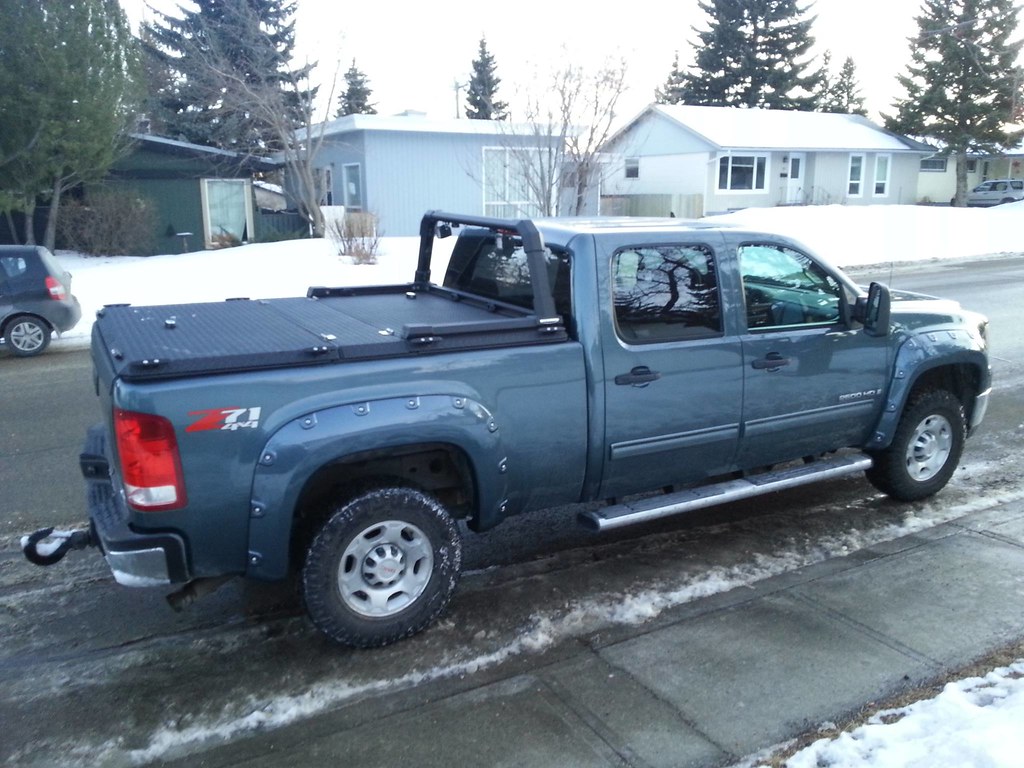
14. **The Electric Future: Reshaping the Pickup’s Enduring Allure**As the automotive world rapidly transitions towards electrification, the future of the American pickup truck is poised for another transformative chapter. Far from signaling their demise, the arrival of electric vehicles (EVs) is set to reshape, rather than diminish, the enduring allure of these iconic machines. Manufacturers are already heavily investing in this space, ensuring that the pickup’s utility and cultural significance continue in a new, electrified era.
Indeed, “Even with the arrival of electric vehicles, trucks are not going anywhere.” Most major truck manufacturers have either launched or have concrete plans to introduce EV pickups, demonstrating a clear commitment to their continued market presence. This shift means consumers can still acquire “a rugged vehicle even if it doesn’t have a V8 under the hood,” trading traditional internal combustion power for instant torque, advanced technology, and reduced emissions, while maintaining the capability and presence truck buyers desire.
The advent of electric powertrains also opens intriguing possibilities for future designs. While current EV trucks like the Tesla Cybertruck remain large, the underlying technology could potentially lead to more diverse offerings. As one expert noted, regarding the potential for smaller EV pickups, “Anything’s possible.” This suggests that electric platforms might, in time, enable new configurations and sizes that could meet evolving market demands, perhaps even facilitating a resurgence of more compact, yet highly capable, electric workhorses. Ultimately, the story of the American pickup truck is one of constant evolution, adapting to regulations, economics, and consumer desires, and its powerful narrative of freedom and utility is set to continue, even as the power source under the hood fundamentally changes.
So, as we look back at how these titans of the road came to be, and forward to their ongoing evolution, one thing is abundantly clear: the American pickup truck is a complex phenomenon, driven by a tapestry of forces that extend far beyond simple ego. It’s a story of tariffs and regulations, profit and passion, and an unyielding desire for versatility and capability that continues to redefine our automotive landscape.

